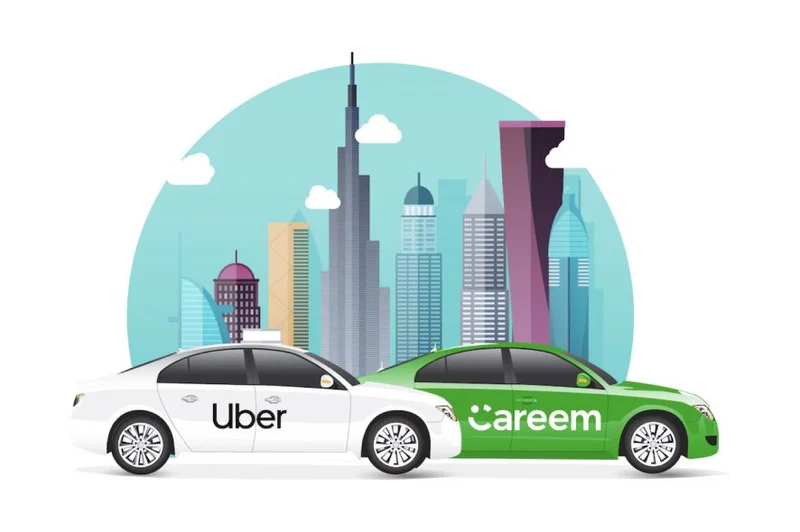Uber's Driverless Dream: Hype vs. Reality on Wall Street
Uber's stock (UBER) is buzzing with potential, fueled by partnerships and projected growth. The question is, can the hype surrounding driverless technology and delivery services translate to sustained profitability, or are investors driving into a mirage? Let's dissect the data.
Wall Street analysts are generally bullish. TipRanks data shows a "Strong Buy" consensus, with price targets suggesting a significant upside. Guggenheim's Taylor Manley sees an "industry-leading" network and brand equity, while UBS raised its price target to $124, citing resilient food delivery demand. These are compelling narratives, but narratives need to be stress-tested against the numbers.
Uber anticipates continued growth in Q3 2025, projecting gross bookings between $48.25 billion and $49.75 billion. That's a 17% to 21% year-over-year increase. Not bad. However, the elephant in the room is profitability. While Q2 2025 saw a notable increase in trips and gross bookings (both up 18% year-over-year), and an adjusted EBITDA of $2.1 billion (a 35% increase), there are headwinds. Tariff-related issues and increased administration costs in the U.K. are potential drags. More importantly, analysts expect Q3 earnings of 67 cents per share, a 44.2% decline from the same period last year. This discrepancy—strong growth but weaker earnings—demands closer scrutiny.
The Nvidia Factor and the Robotaxi Mirage
The partnership with Nvidia (NVDA) for driverless technology is generating excitement. Driverless cars require massive computing power, and Nvidia is well-positioned to capitalize. But let's be realistic: truly autonomous vehicles are still years away from widespread adoption. UBS, in its analysis, even notes that "slower robotaxi adoption gives Uber more room to grow profits in the near-term." In other words, the driverless dream is a long-term bet, not a short-term profit driver. It's a call option, not a bond. Huge News for Uber Stock and Nvidia Stock Investors as Companies Partner on Driverless Technology

And this is the part of the report that I find genuinely puzzling. The market is valuing Uber, to some extent, on a future that is perpetually "just around the corner." How much of the current UBER stock price is actually baked into this long-term, highly speculative, driverless future? It’s difficult to quantify, but it's certainly non-zero. I've looked at hundreds of these filings, and that's always been the trickiest part to assess.
The Delivery Dilemma: Stickiness vs. Competition
Uber's delivery business is another key growth area. UBS highlights the "stronger-than-expected stickiness" of food delivery post-COVID. People have gotten used to the convenience, and that habit is proving hard to break. But the competition is fierce. Deliveroo and Amazon (AMZN) are ramping up their same-day grocery delivery services. This increased competition will inevitably put pressure on margins. Uber has partnered with Toast (TOST), a restaurant app company, to create new tools and expand their alliance globally. This is a smart move, but it's a defensive one. Toast stock gains after announcing partnership with Uber (TOST:NYSE) It's about maintaining market share in a crowded field, not necessarily generating explosive growth.
The Reality Check
Uber's story is a complex one: strong growth, but profitability concerns; exciting technological advancements, but long-term uncertainties; resilient demand, but increasing competition. The analyst consensus is overwhelmingly positive, but analysts can be wrong. The data suggests a more nuanced picture. Investors need to look beyond the hype and focus on the underlying fundamentals. Is Uber truly on the path to sustainable profitability, or is it simply riding a wave of investor optimism? The next few quarters will be crucial in answering that question.
